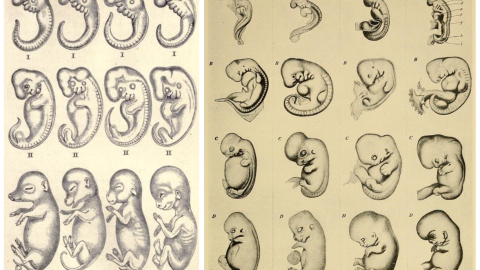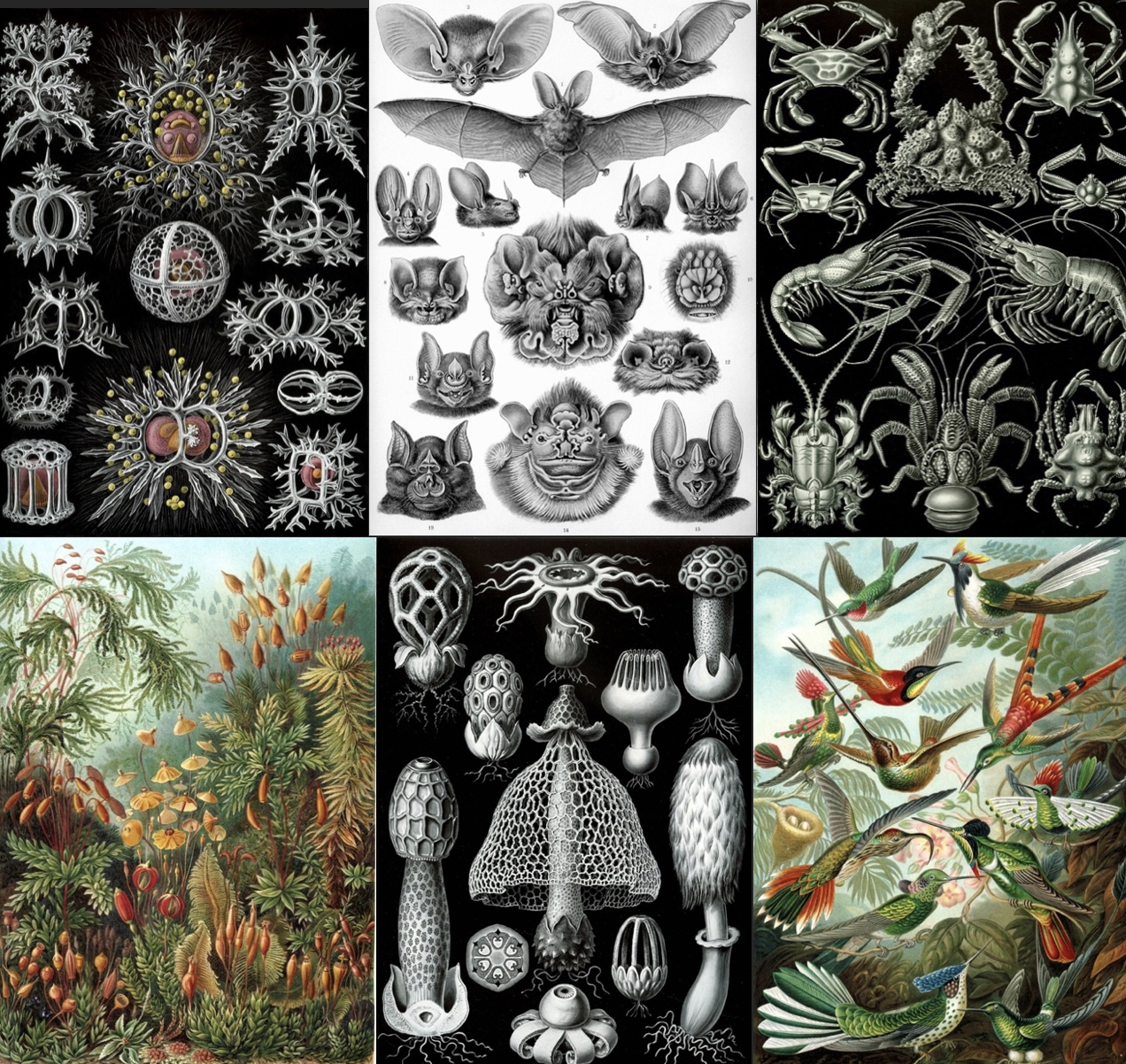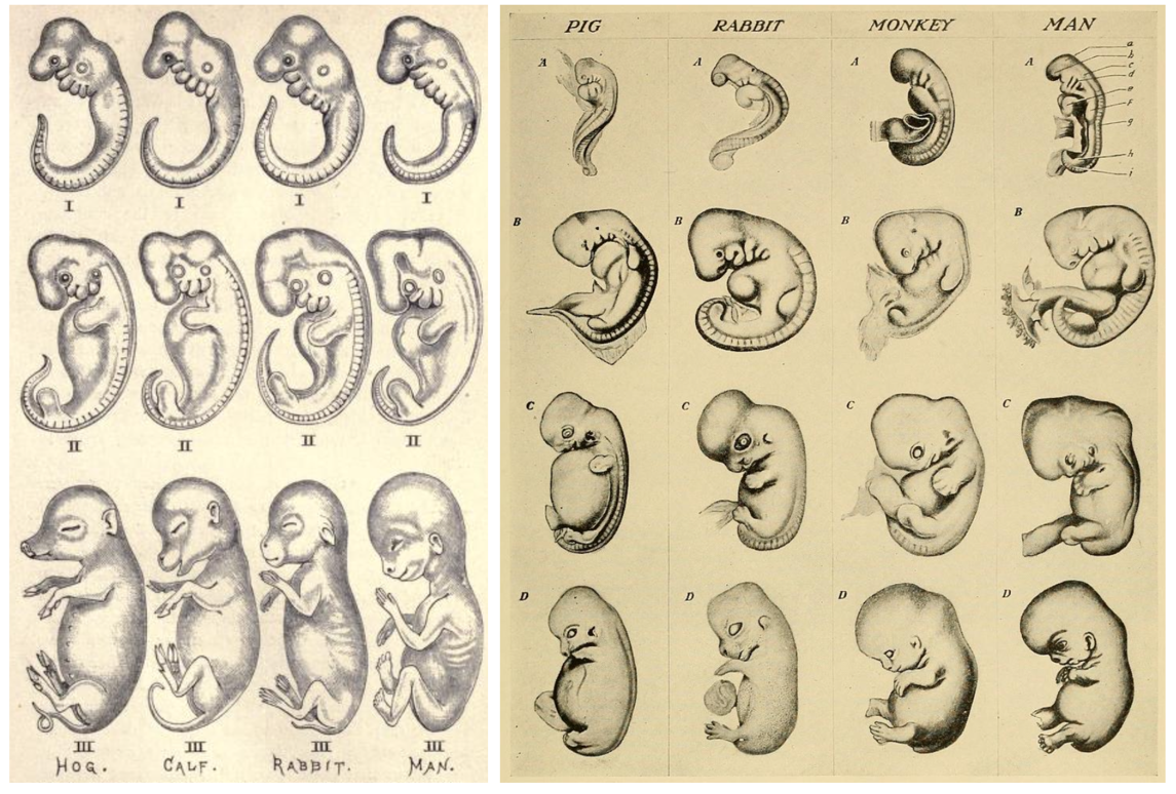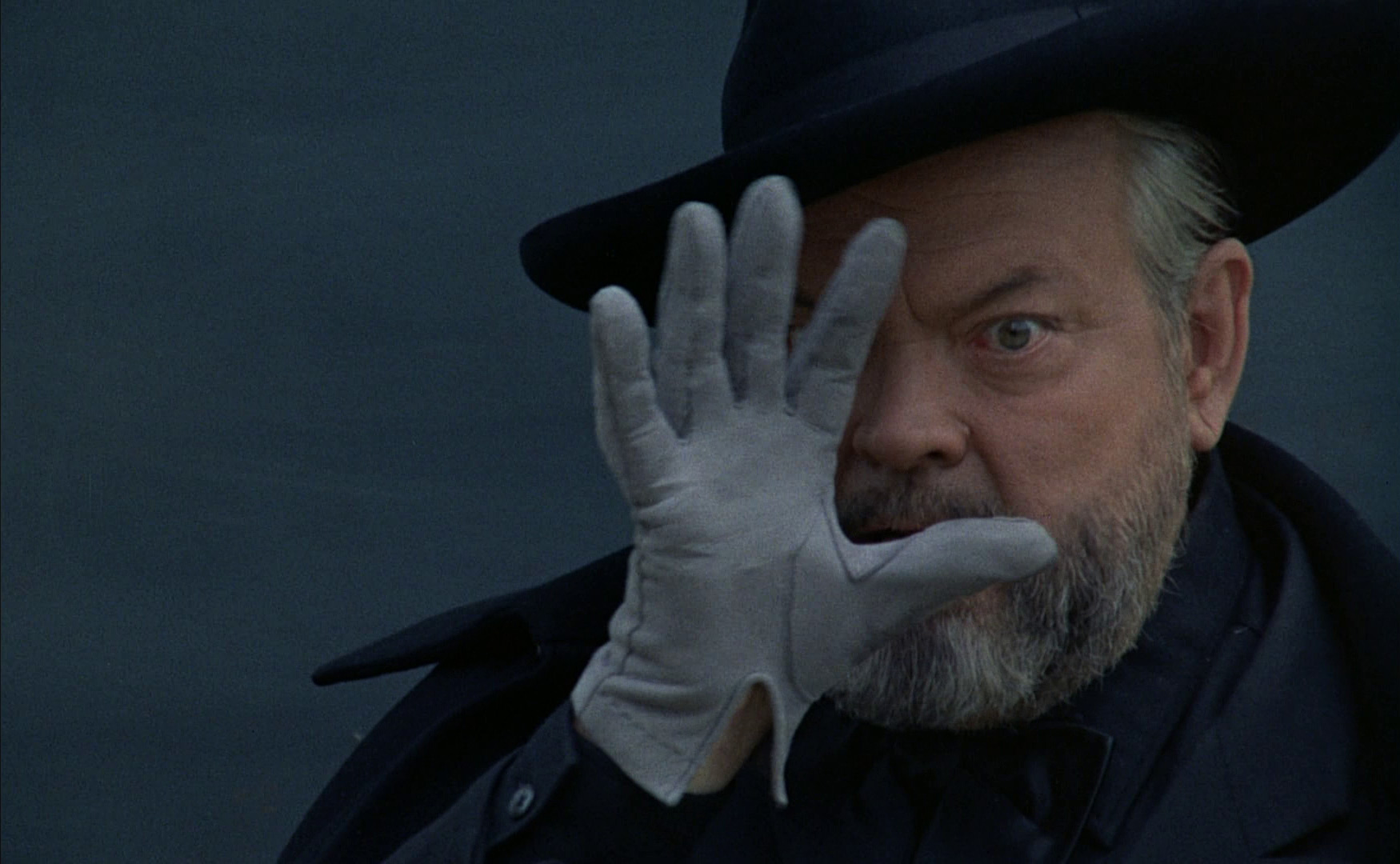How biologist and artist Ernst Haeckel defrauded and hijacked science

Haeckel’s illustration (left) and a more accurate illustration from the period (right). (Credit: Internet Archive / Public domain)
- Ernst Haeckel is best known for creating extraordinarily beautiful anatomical drawings.
- The prolific and polymathic German professor was a leading scientist and science popularizer in his day.
- His penchant for grandiose synthesis, philosophizing, and taking liberties with the truth, in service of science, led him to some dark places.
You’ve probably seen Ernst Haeckel’s work, without realizing it. His illustrations of radiolarians, bat faces, mosses, crustaceans, mushrooms, hummingbirds, and other specimens are breathtaking — iconic to this day. He found extraordinary success in harnessing visual media to convey and embellish his ideas to scientists and laymen alike.

While the art lives on, his technical brilliance is overshadowed by the consequences of his relentless championing of science. His fervent beliefs led him to disregard truth and preach dark ideas.
Haeckel’s kingdom
Haeckel’s contributions to biology were substantial. He defined Protista, the first kingdom of life recognized outside of plants and animals, as well as ecology, the now ubiquitous concept of studying life in the context of its environment. Haeckel discovered countless species of microscopic life, in his youth traveling to exotic destinations and wading into the sea with nets to collect them.
He was a contemporary of Darwin, a central proponent and expander of Darwin’s theory, and a leading science popularizer in the late 19th century. His illustrations were enthralling advertisements to study the morphologies of life. Still, his scientific reputation was, then and now, tarnished.
Embryo fraud
The quintessential example is Haeckel’s drawings of embryos, analyzed in great detail in this excellent essay. Turtle, bird, and dog embryos look quite similar early in their development. To illustrate this concept, he re-printed one drawing three times, labeled differently for each creature. While this stays true to the core idea, it’s a lie in execution. Today, it would be considered a textbook case of scientific fraud. In other drawings, he took significant artistic license. Compare Haeckel’s drawings of embryos to drawings more faithful to the literal truth.

Haeckel does an excellent job of framing a concept and communicating it to the reader: Developing embryos possess great similarity to one another, which is a strongly persuasive argument in favor of evolution. But Haeckel took liberties to bolster that theory, and he extended them to support his own pet theories.
A prime example is his contention that “ontology recapitulates phylogeny.” By this he meant that a developing embryo resembles various stages of evolutionary history. Since man evolved from the primordial ooze into lower lifeforms and eventually higher lifeforms, the embryo likewise will embody each of these stages. The idea has been soundly rejected by the field of biology. Modern theory says that as embryos develop from globs of cells to complete organisms, the simpler and more common traits develop first, while the complex differentiated traits develop later in the process.
The refutation of recapitulation isn’t damning; nearly all theories are eventually overthrown. The cardinal sin of Haeckel’s work is his willingness to supersede the truth in service of an appealing idea and a good story. Indeed, according to Haeckel, his advisor once commented that he was “the enthusiastic observer instead of the sober observer.” His greatest passion, and genius, lay in conveying ideas and persuading with rhetoric.
Haeckel the heckler
Haeckel wrote a series of lengthy books, targeted to intellectually inclined general audiences. He sold evolution to his readers. The highly convincing artistic renderings of nature allowed those readers to grasp his message independently and instinctually. Building on the biological concepts, he synthesized theories of science, philosophy, and human society. Like Richard Dawkins, he used these to blast the church, championing the triumph of progressive thought and rationalism over traditional religious dogma and philosophical duality. His powerful intellect and authoritative tone imbued the work with rhetorical power. And his books were very popular.
However, his fusion of science, philosophy, and intellectualism with the progressive social tendencies of his times lead him to some dark places. The Darwinist idea of the survival of the fittest, combined with a materialist evaluation of human beings, suggested that the sick, crippled, and mentally ill should be euthanized rather than kept alive “without any benefit to themselves or for the whole.”
Following scientific rationalism as his guide star, he used the powerful story of the descendance of life from a single cell all the way to man to ascribe relative value to human beings. He proposed — incorrectly, but bolstered by blatantly racist illustrations — that some races had independently evolved further down his evolutionary tree. Hence, the “higher” races should avoid breeding with them. For his popularization of these concepts, Haeckel has been blamed for the rise of Nazism in Germany. While this is a gross overstatement, his work helped lay the foundation.
Haeckel’s legacy
The best of Haeckel’s legacy carries on through the power of his art. Here, his enthusiastic talent finds a proper outlet. The collections of amazing illustrations convey the beauty and strangeness of nature. They suggest the underlying patterns in its evolution, in a way anyone can discover. In this, he was a staggering success, worthy of praise. If only he had stopped there.





